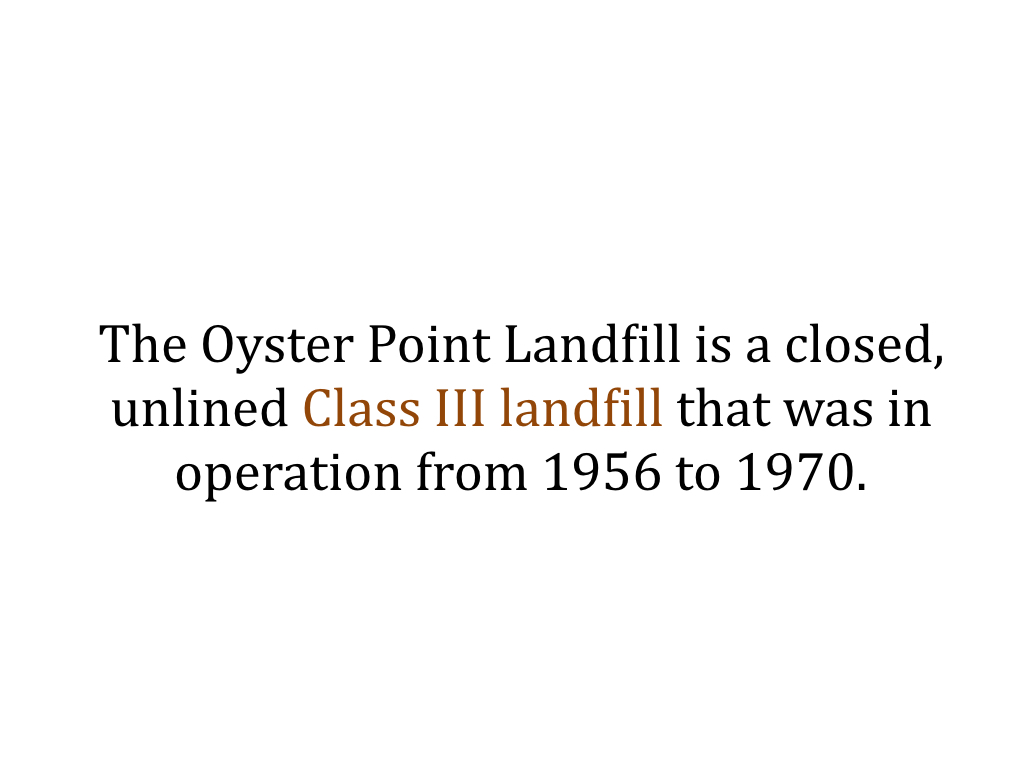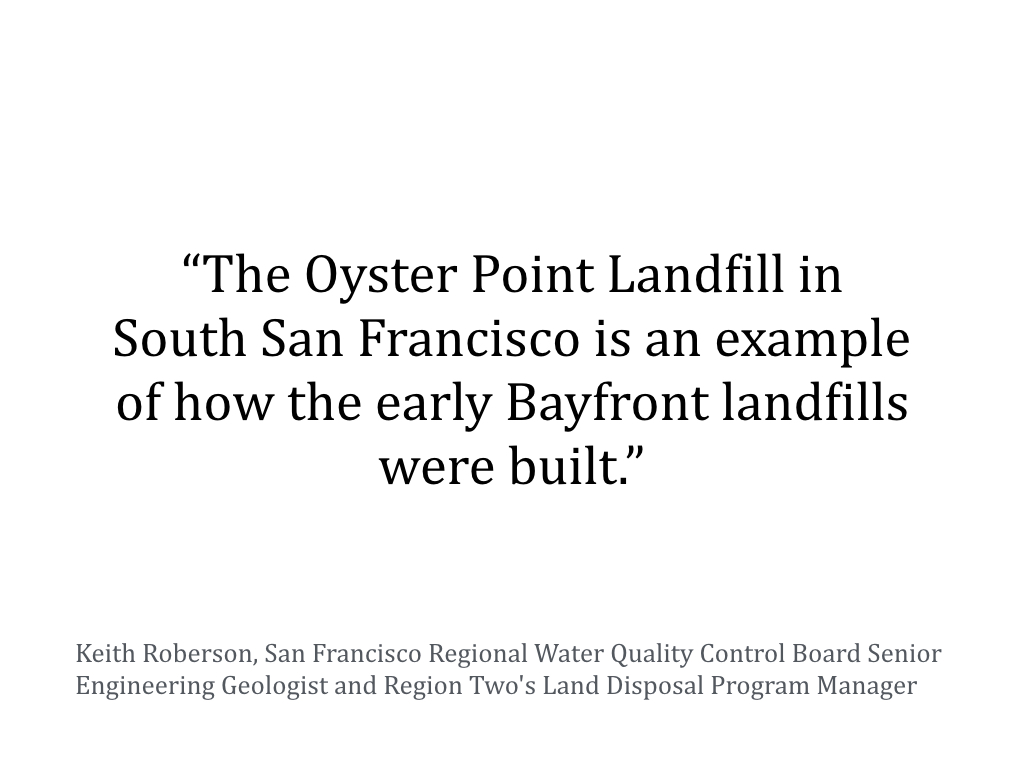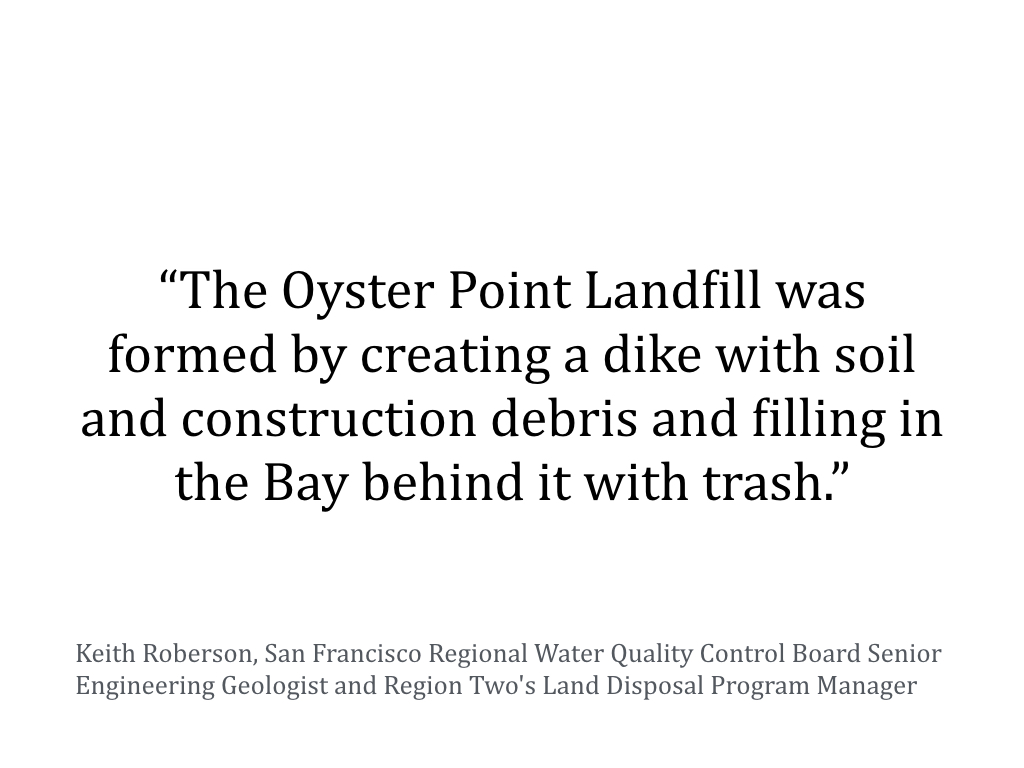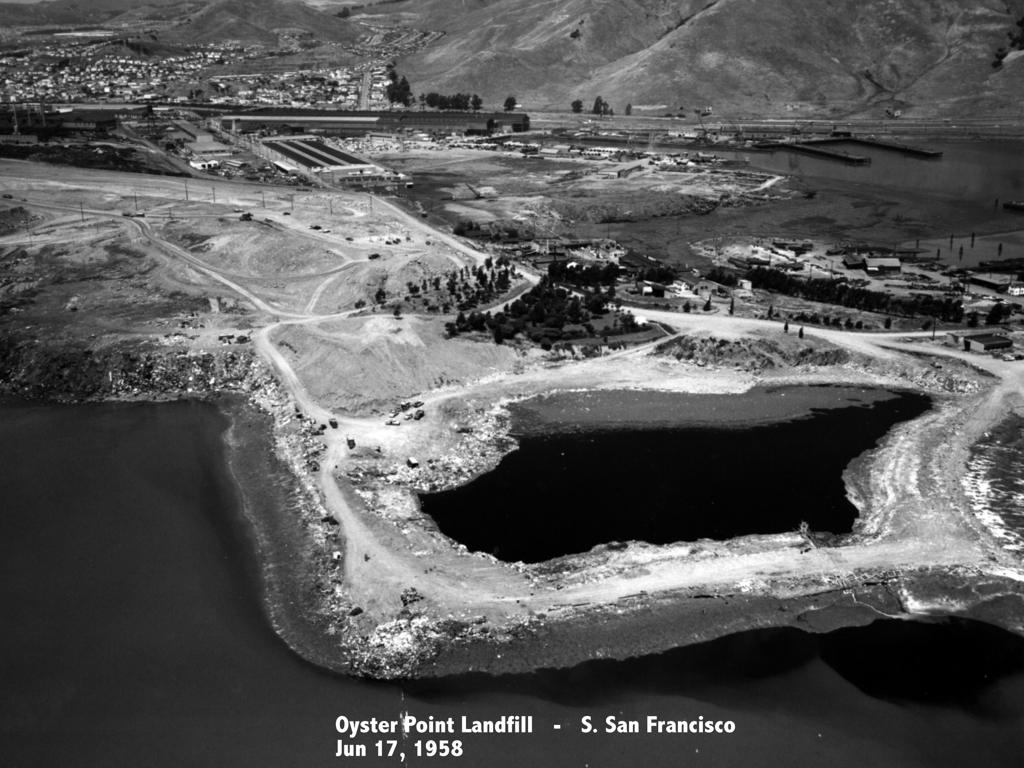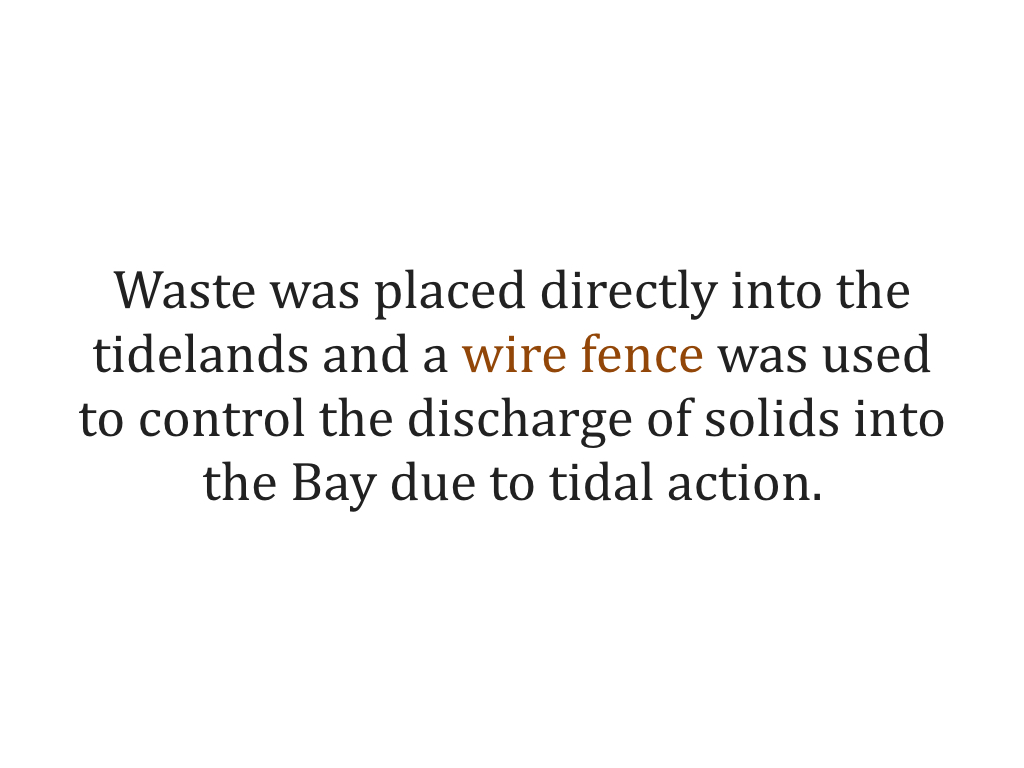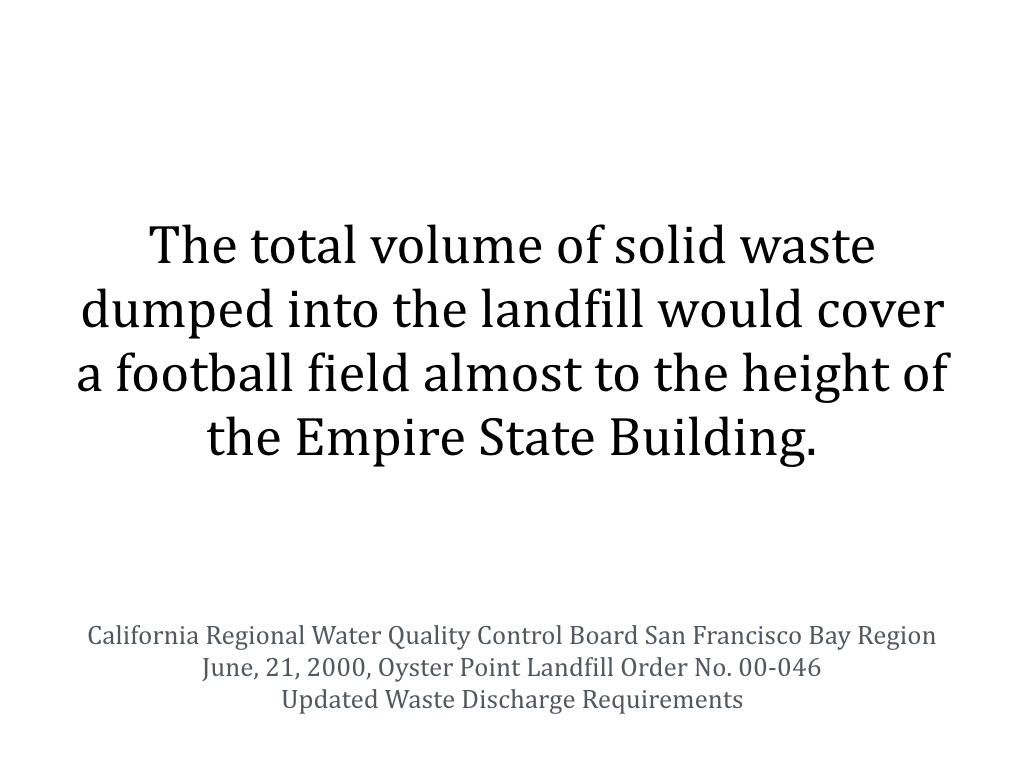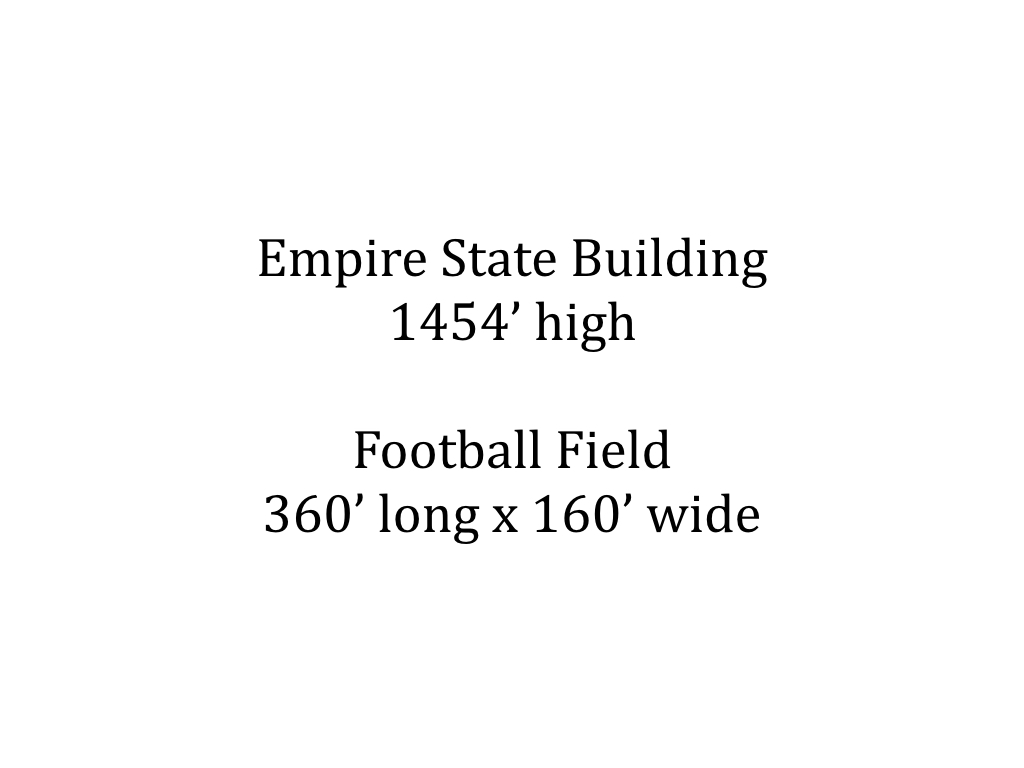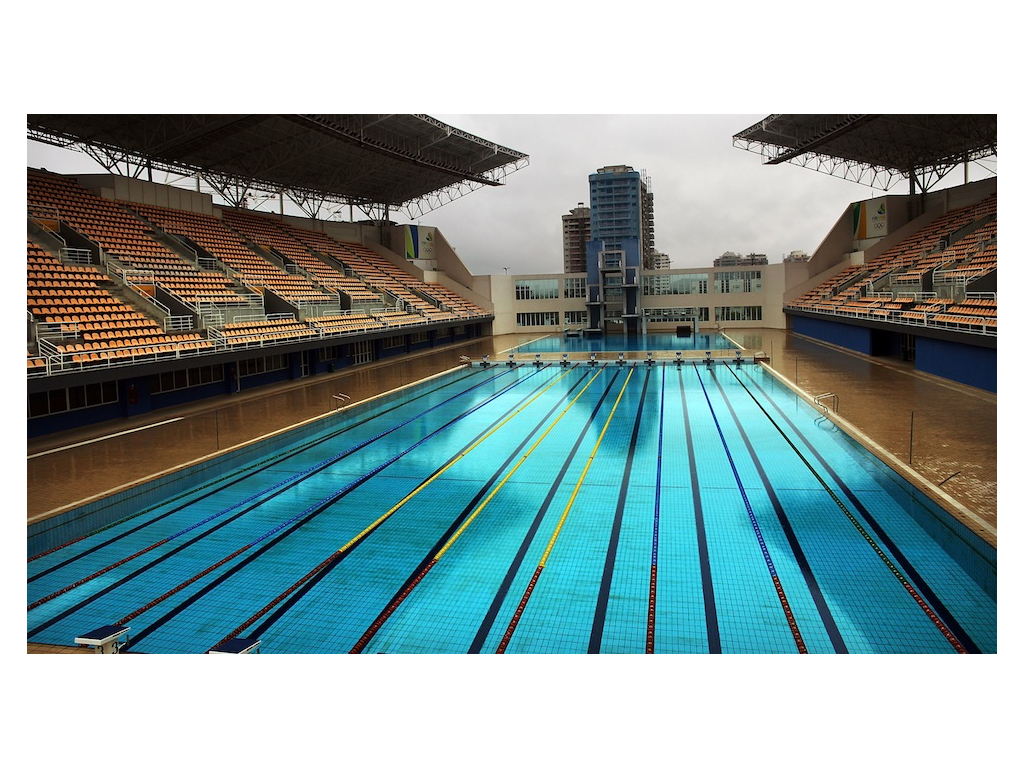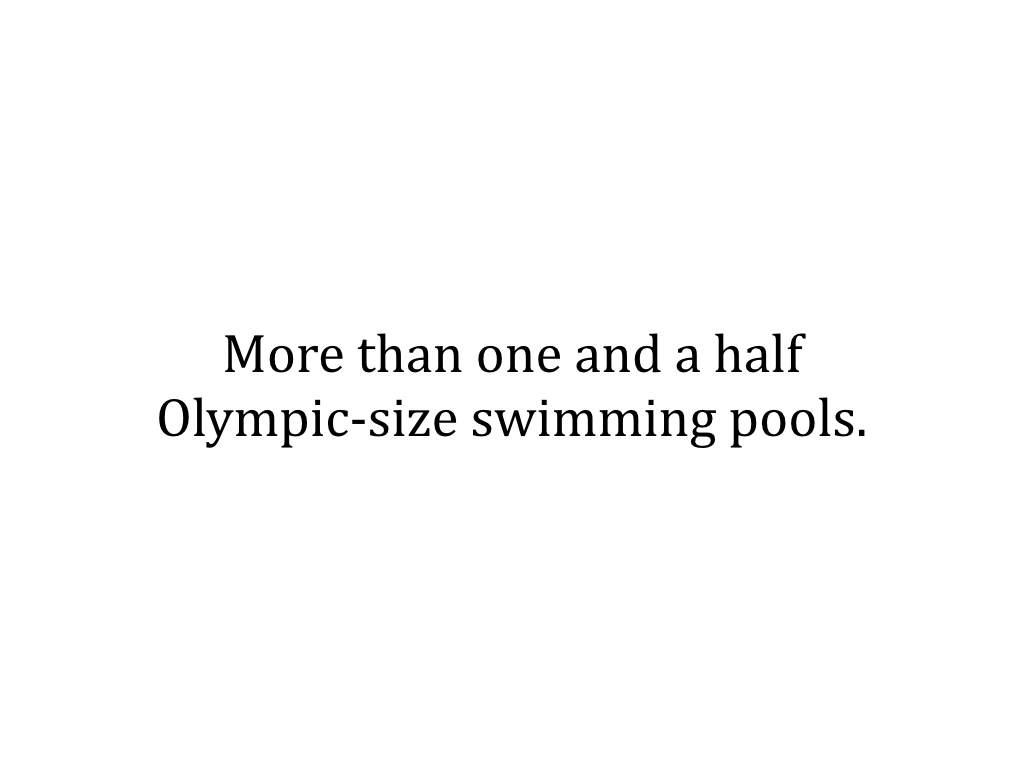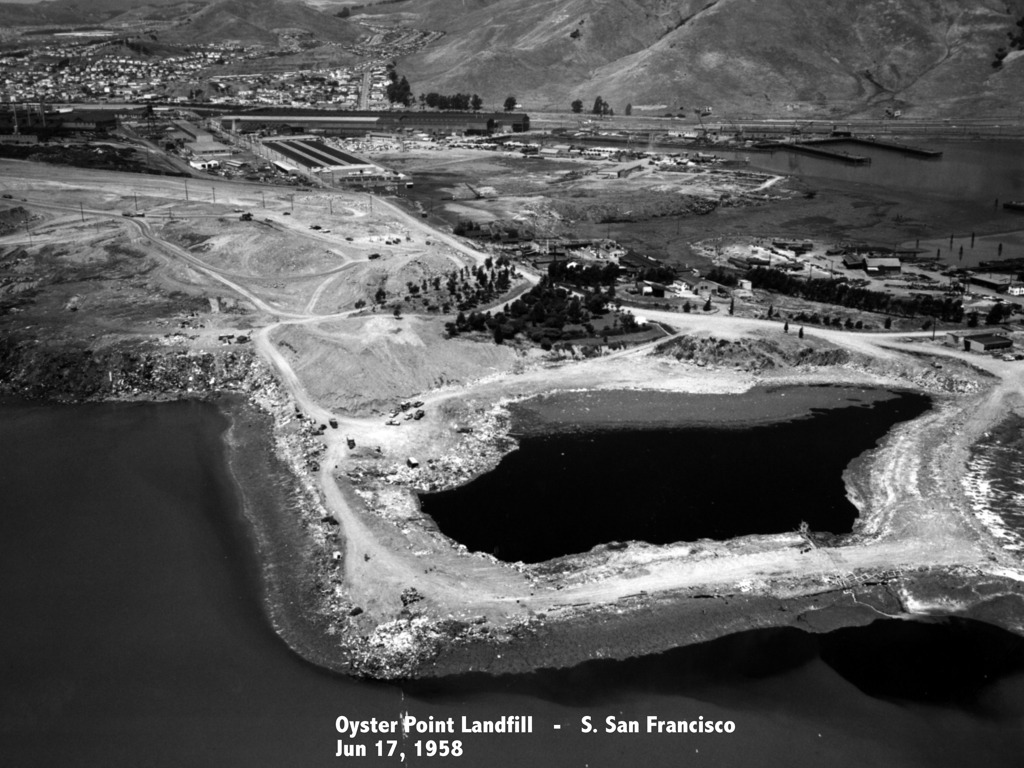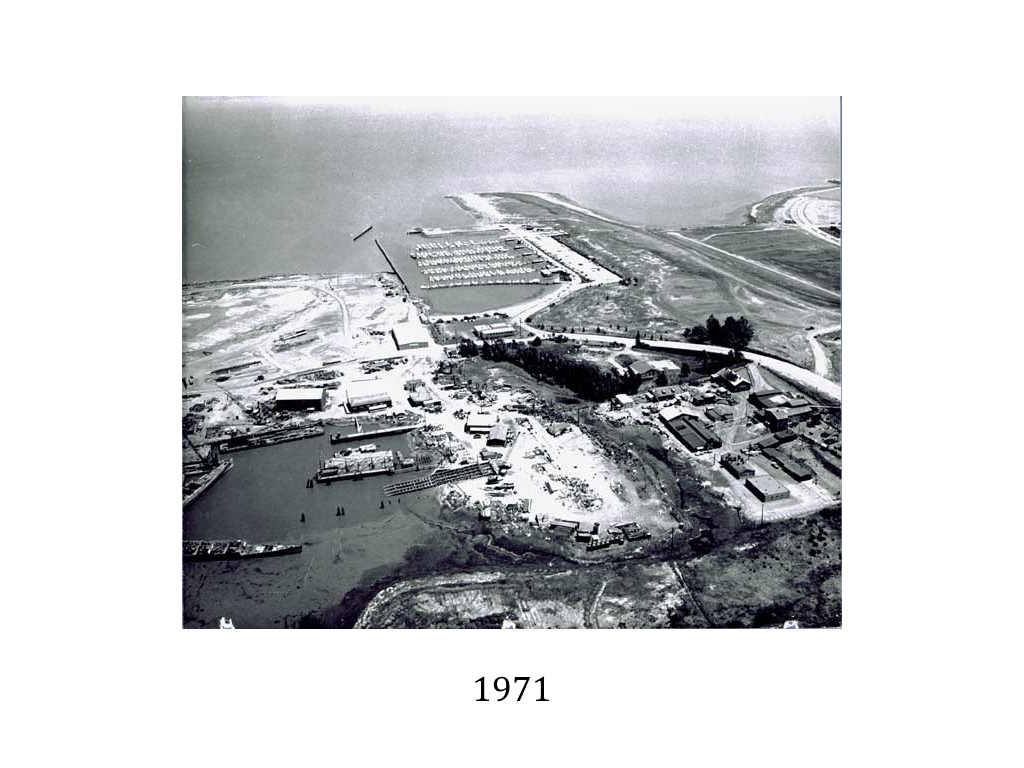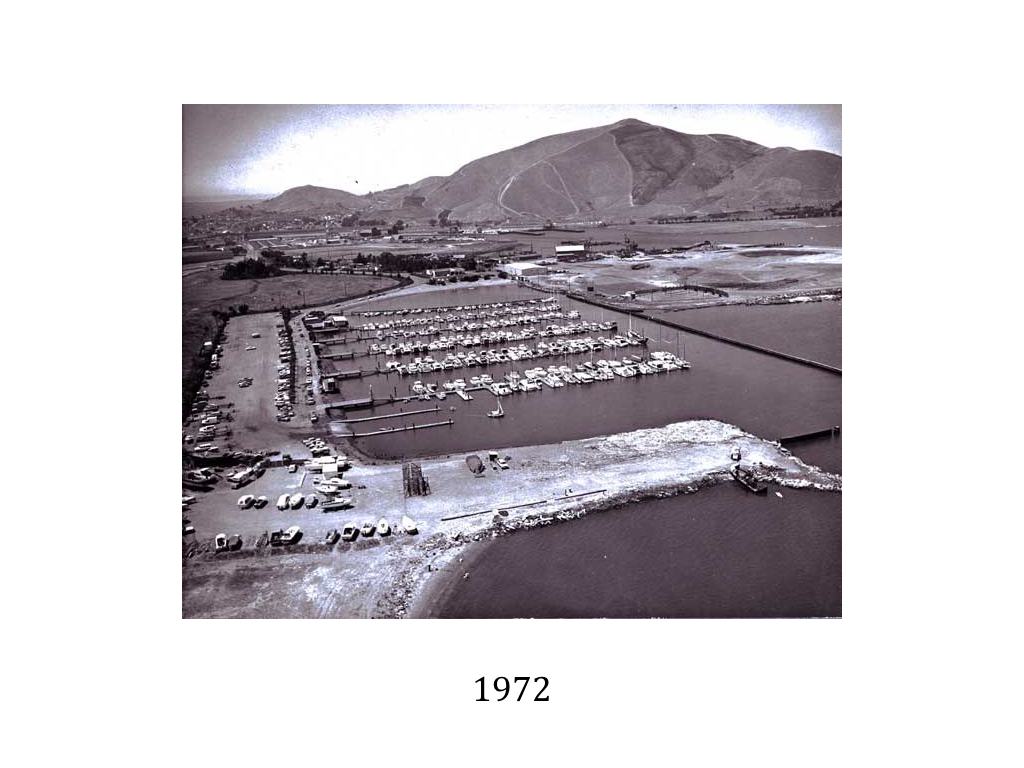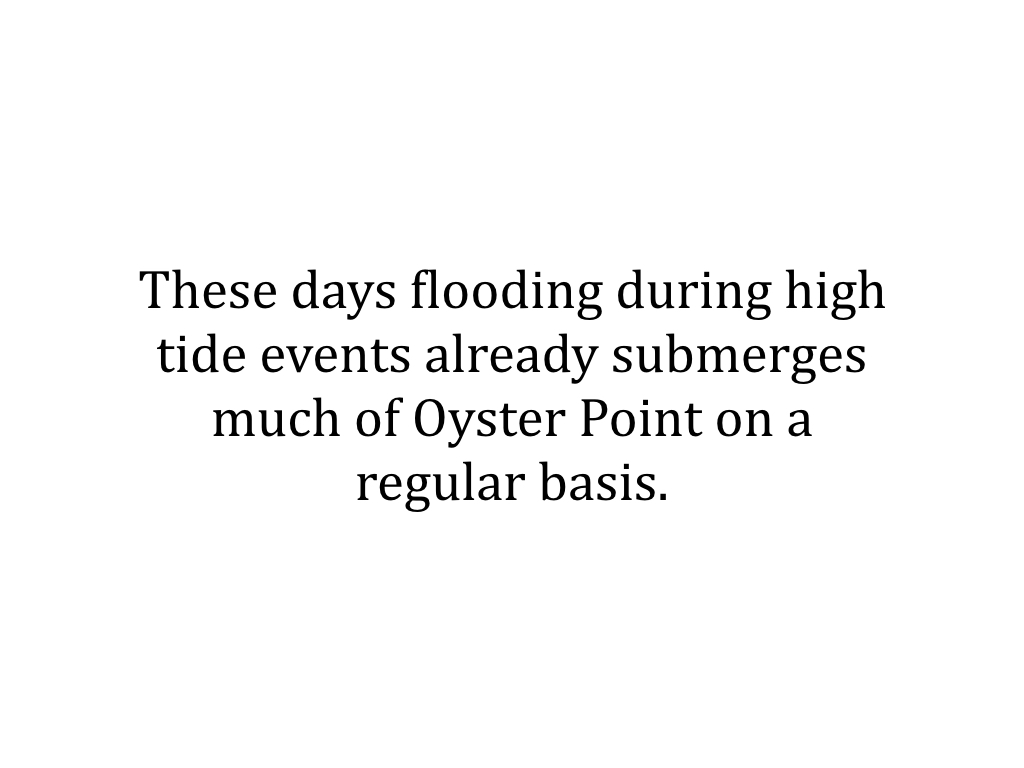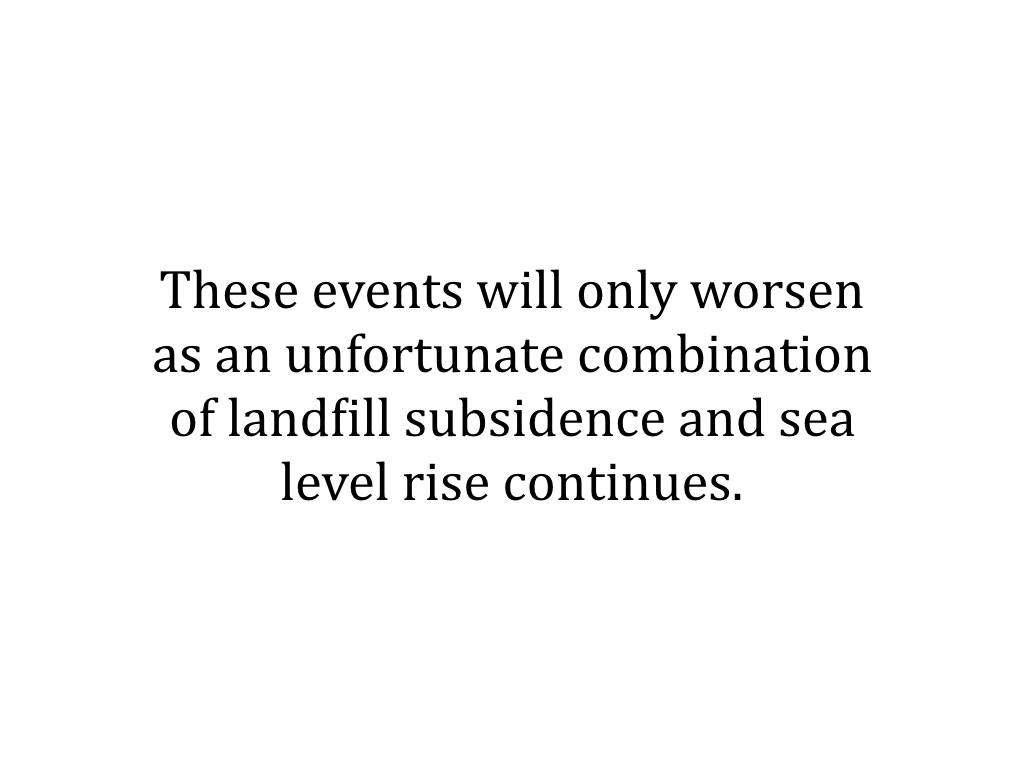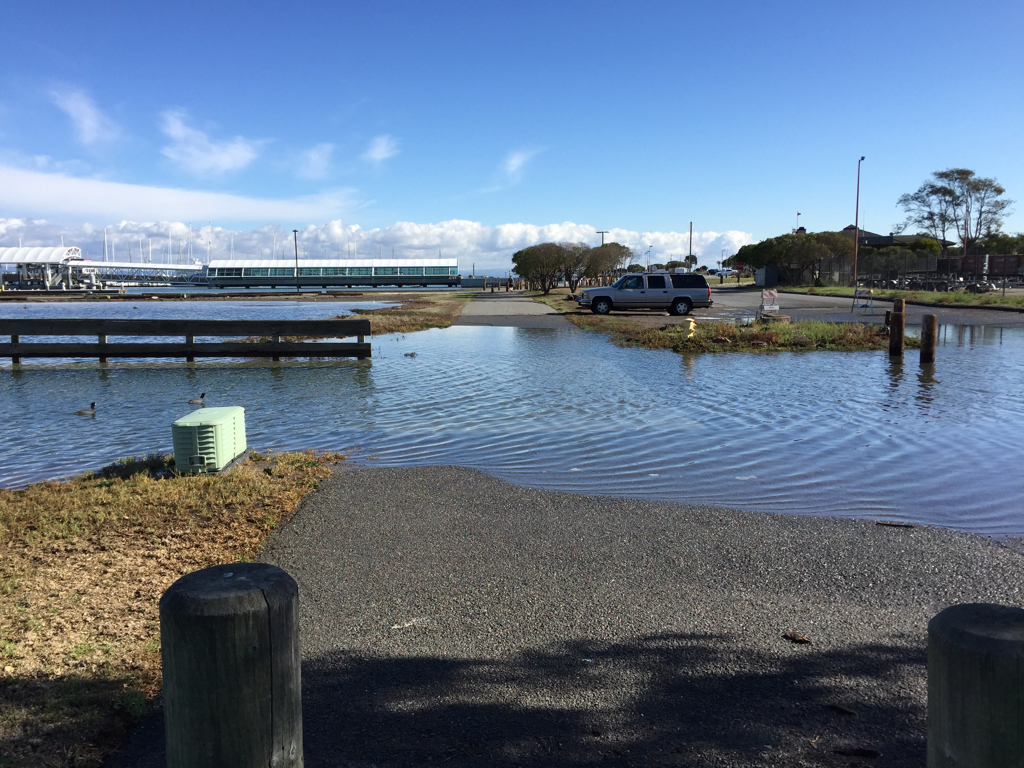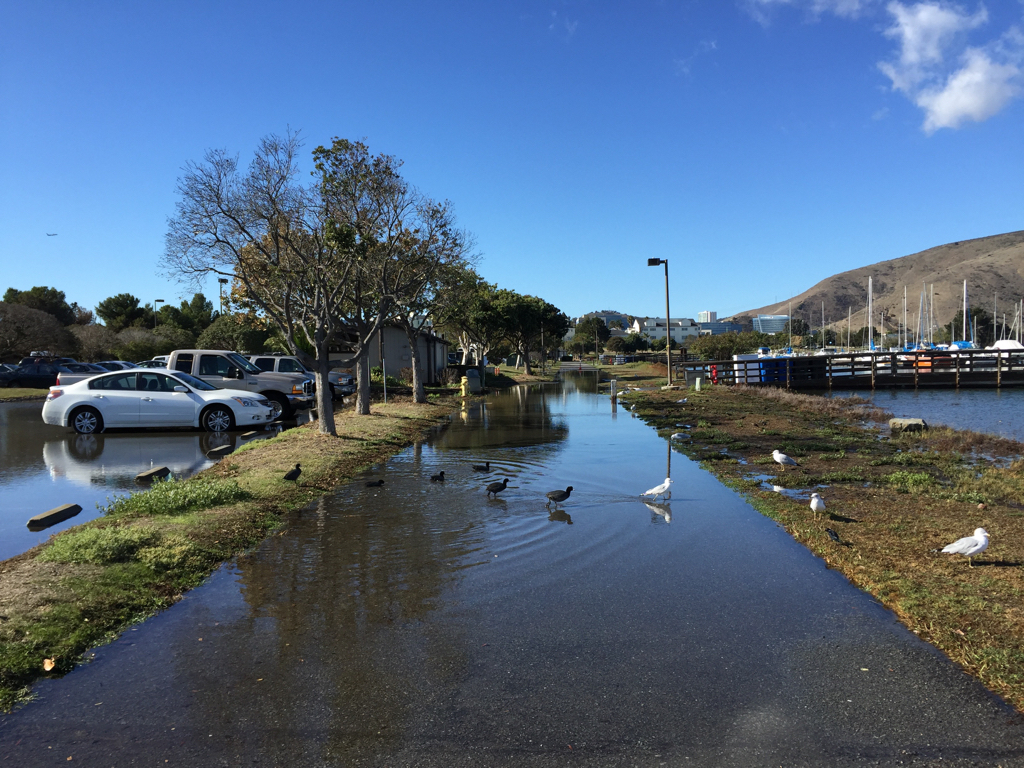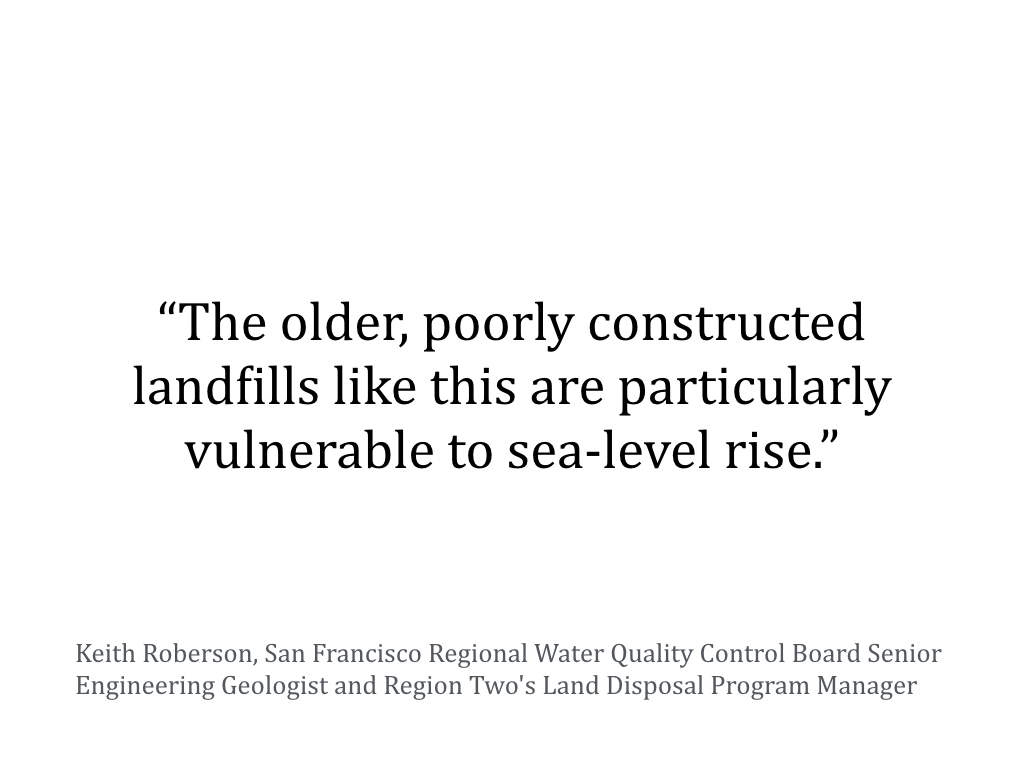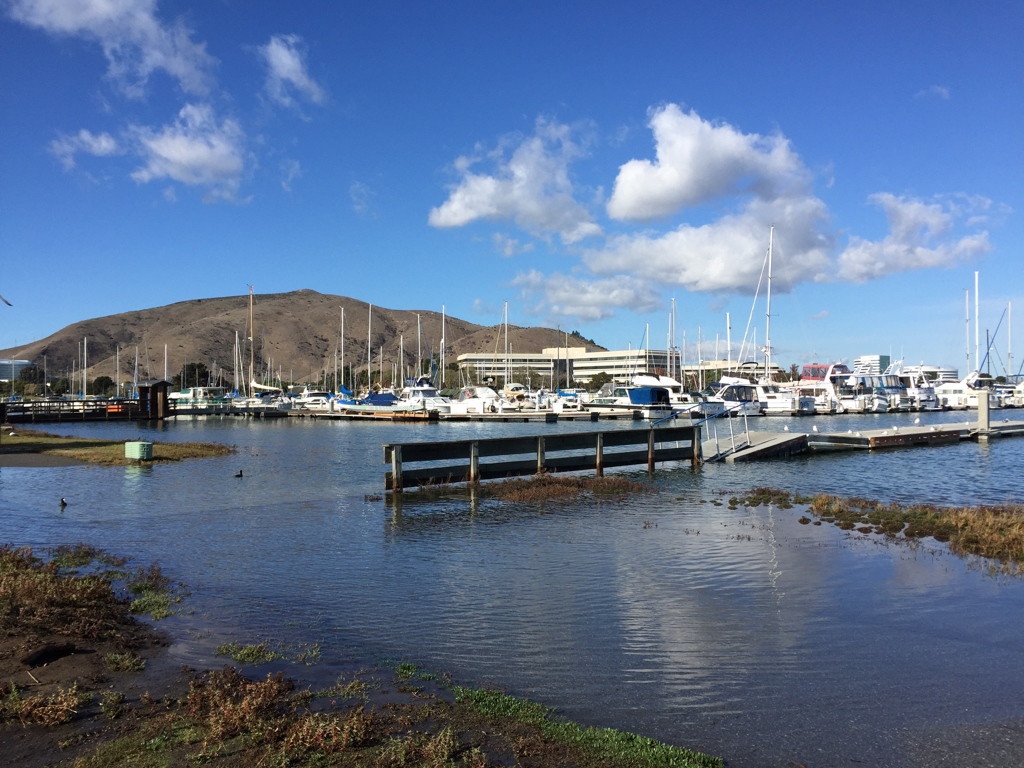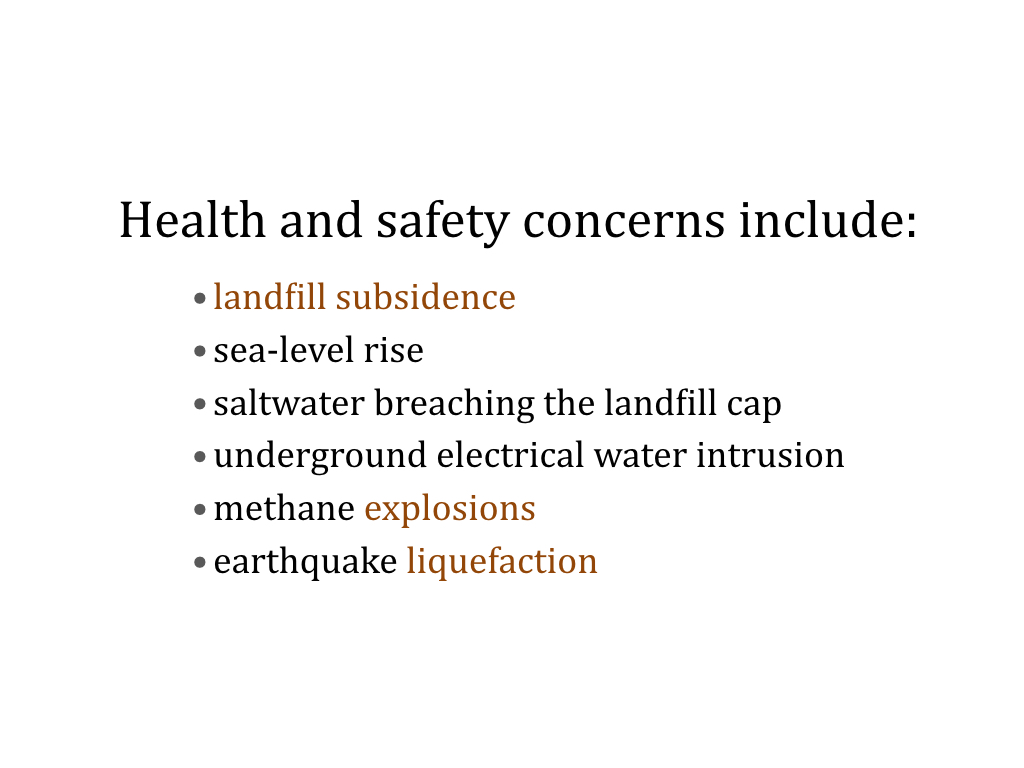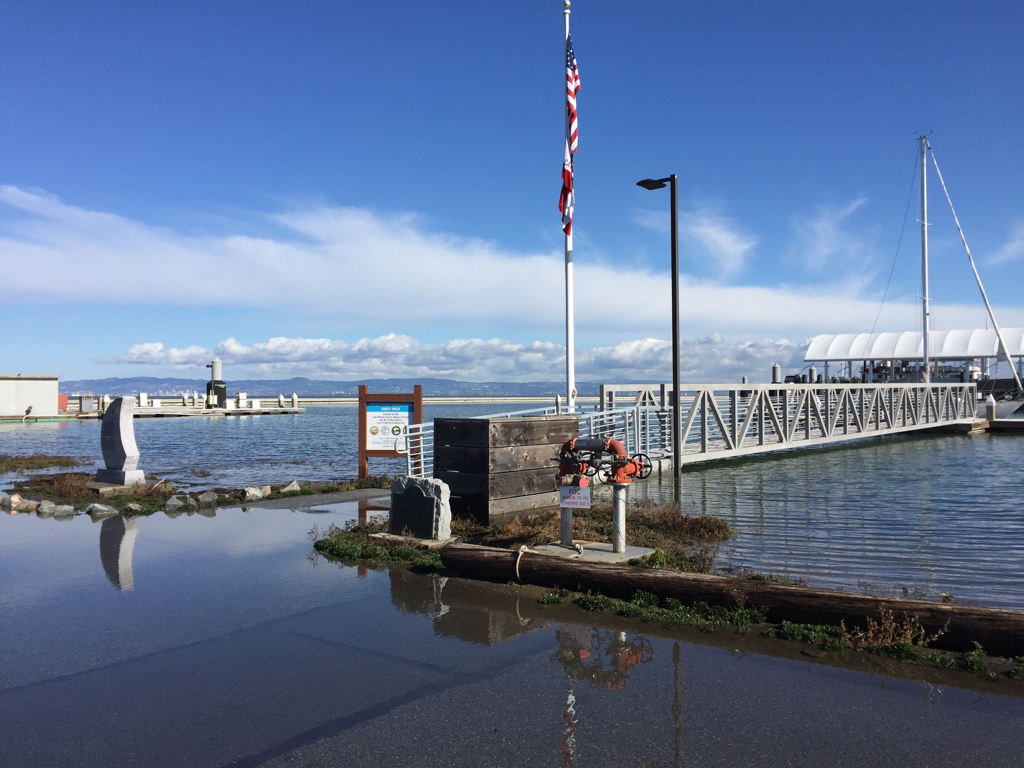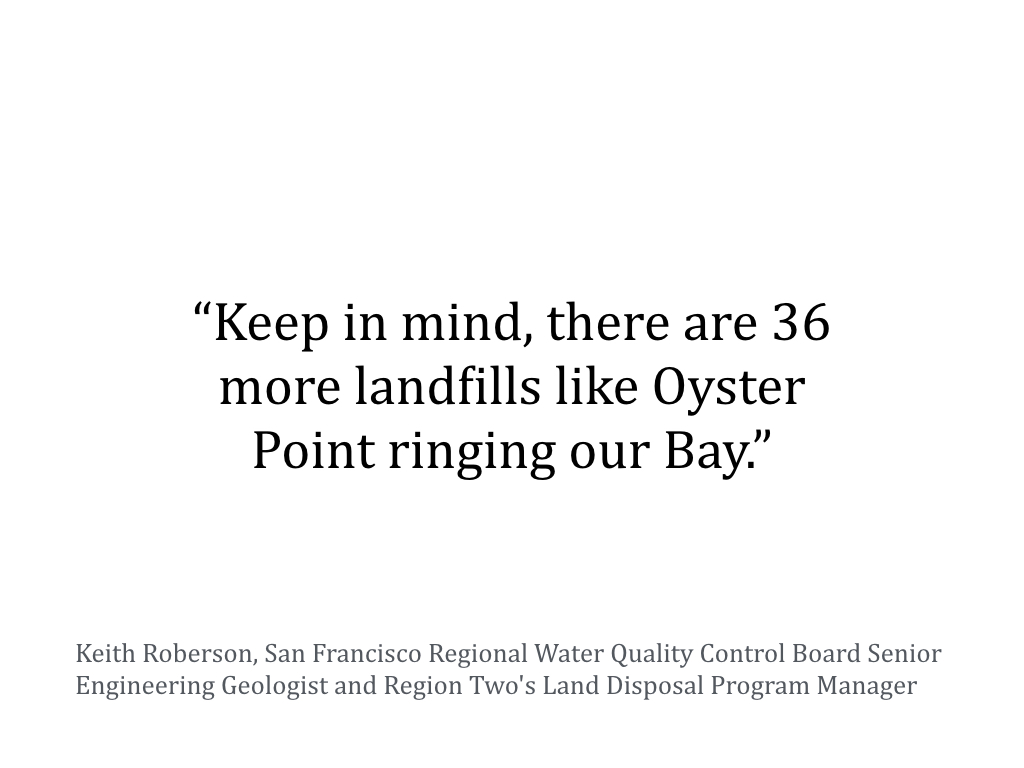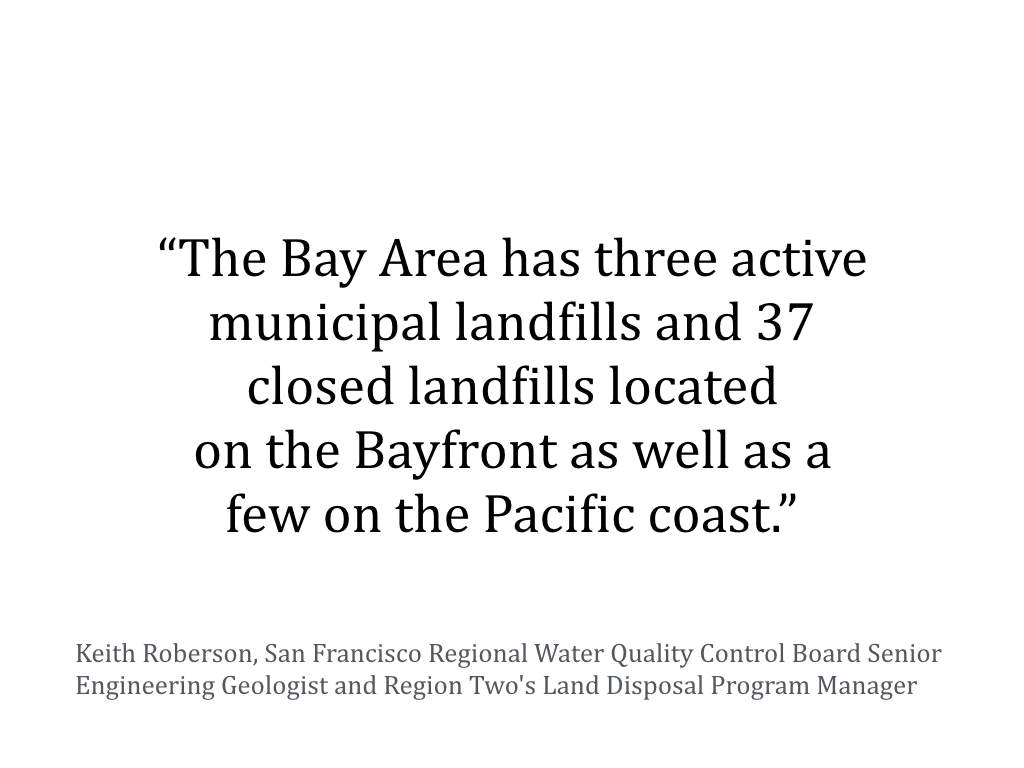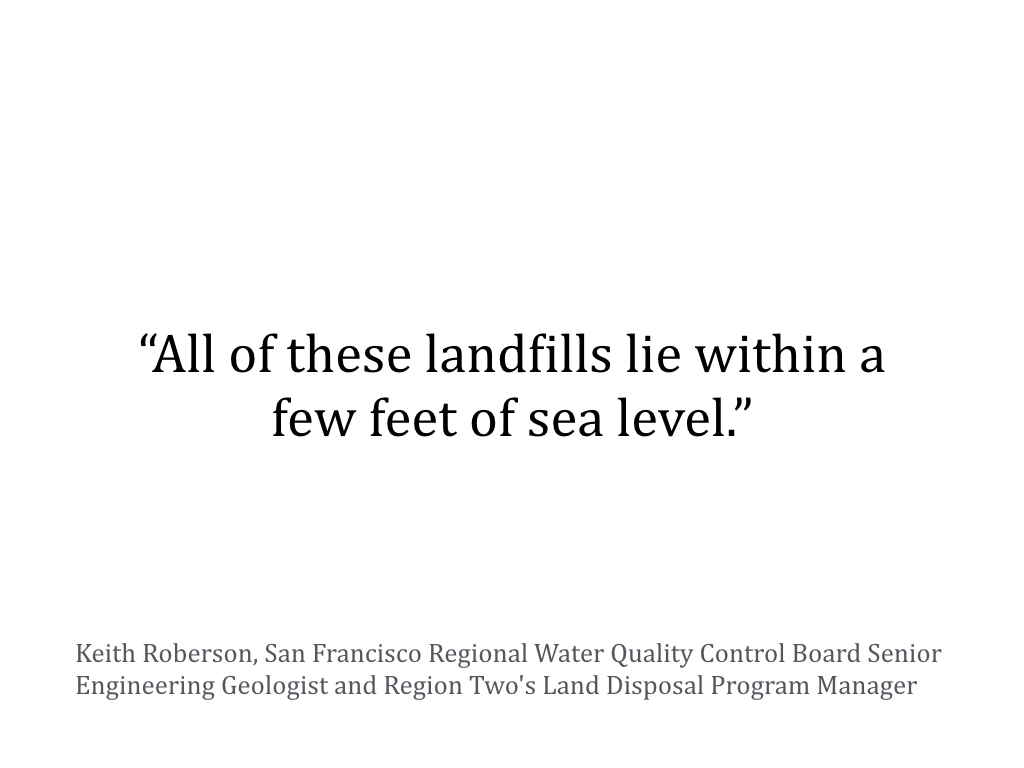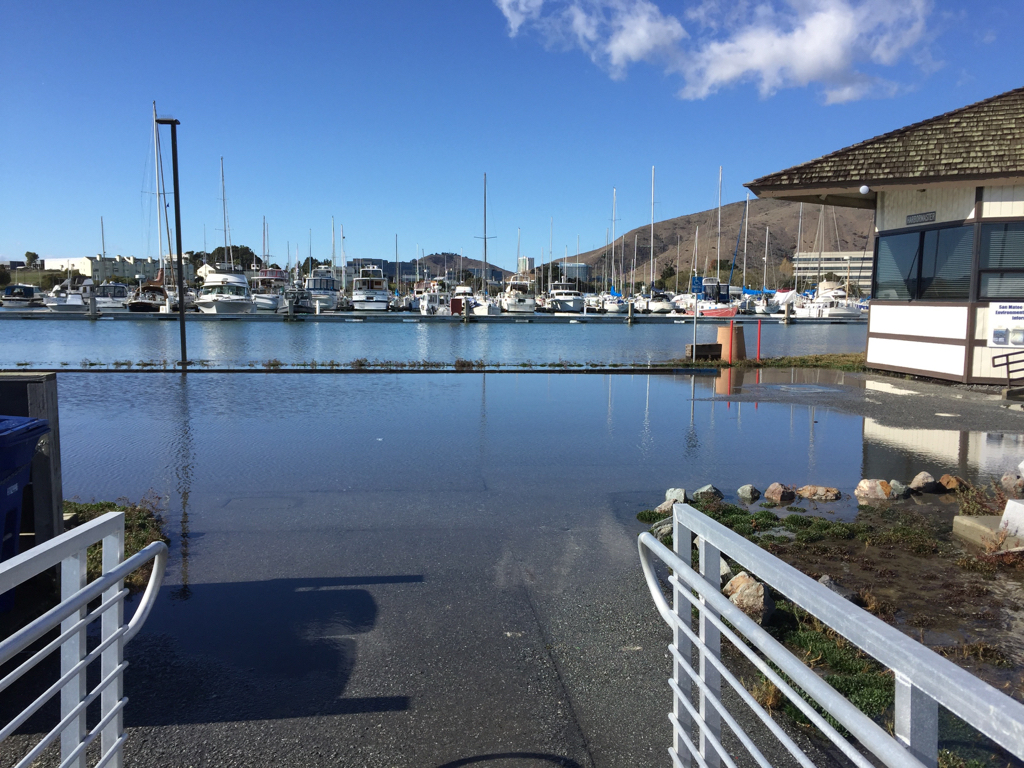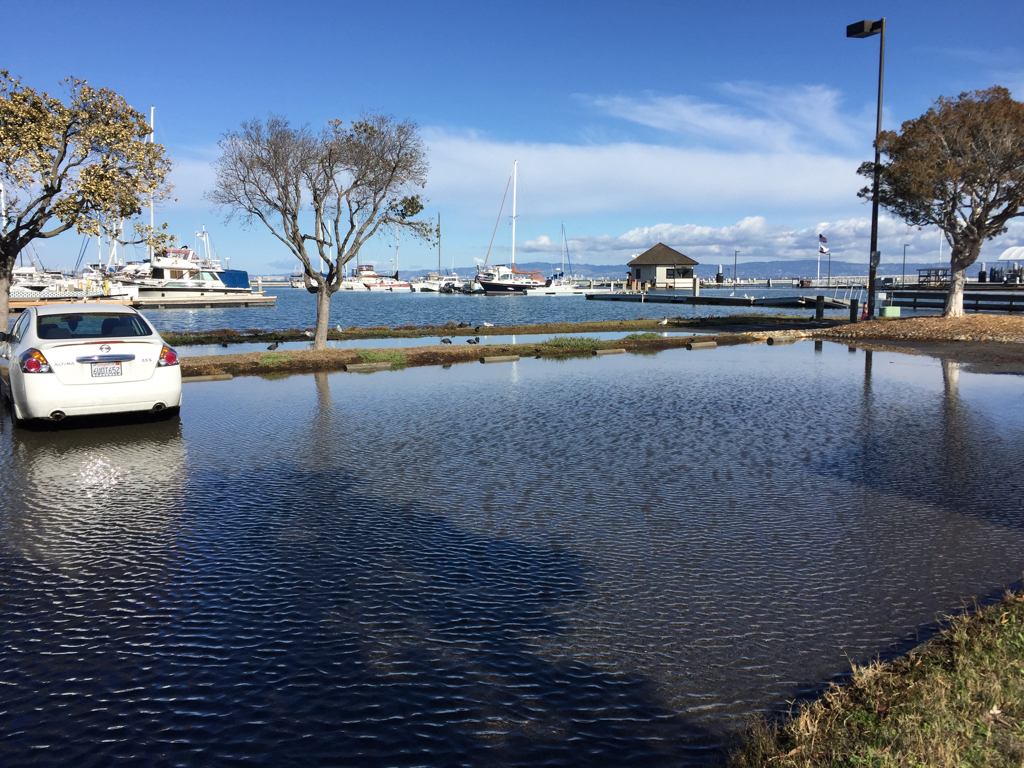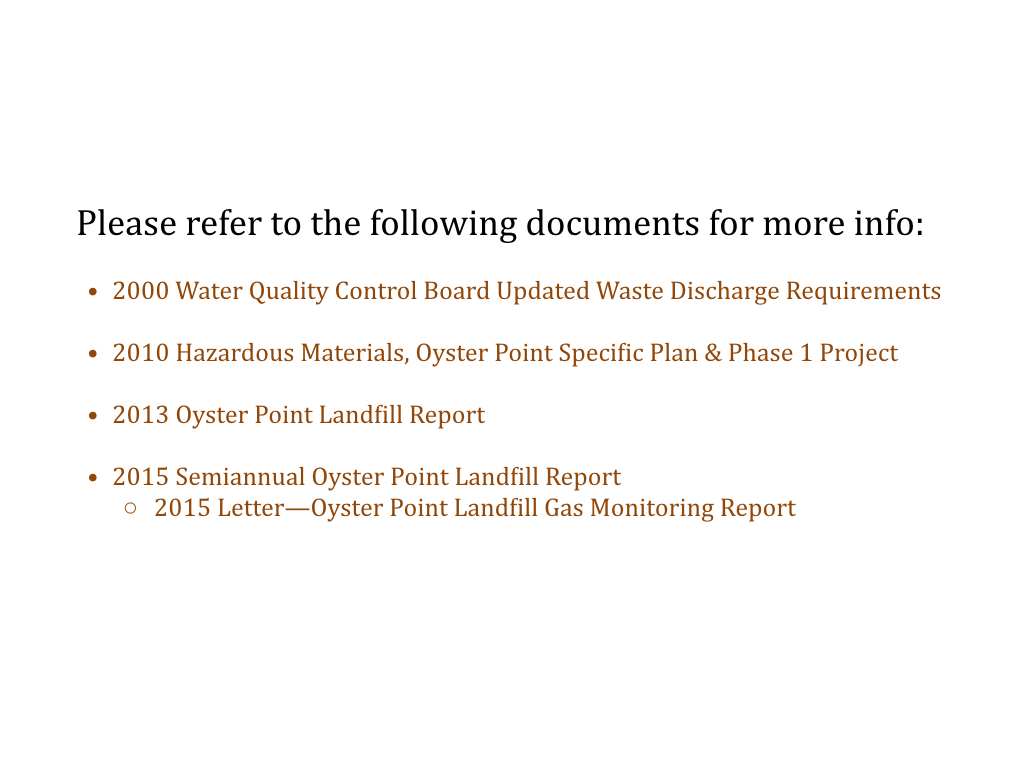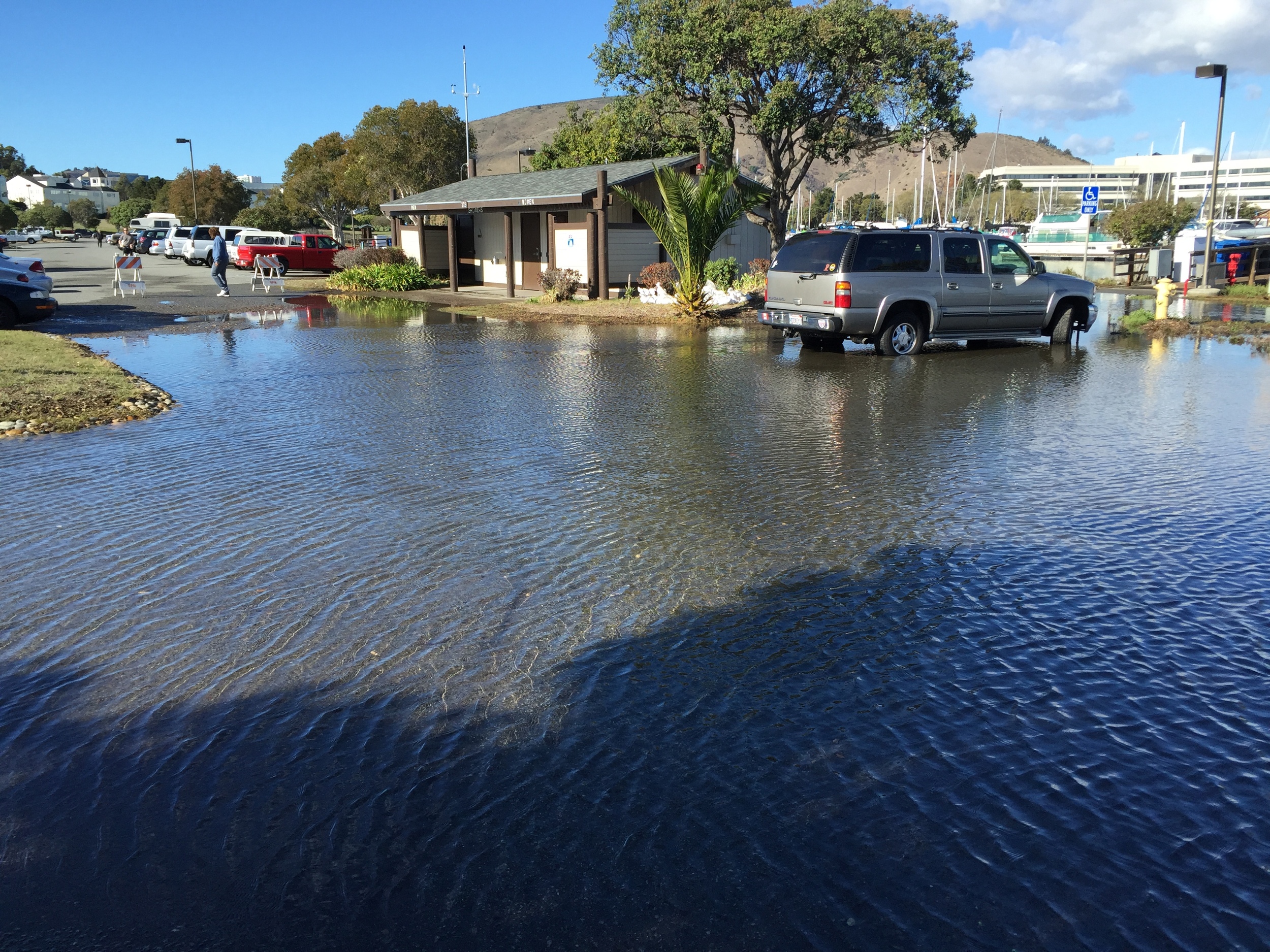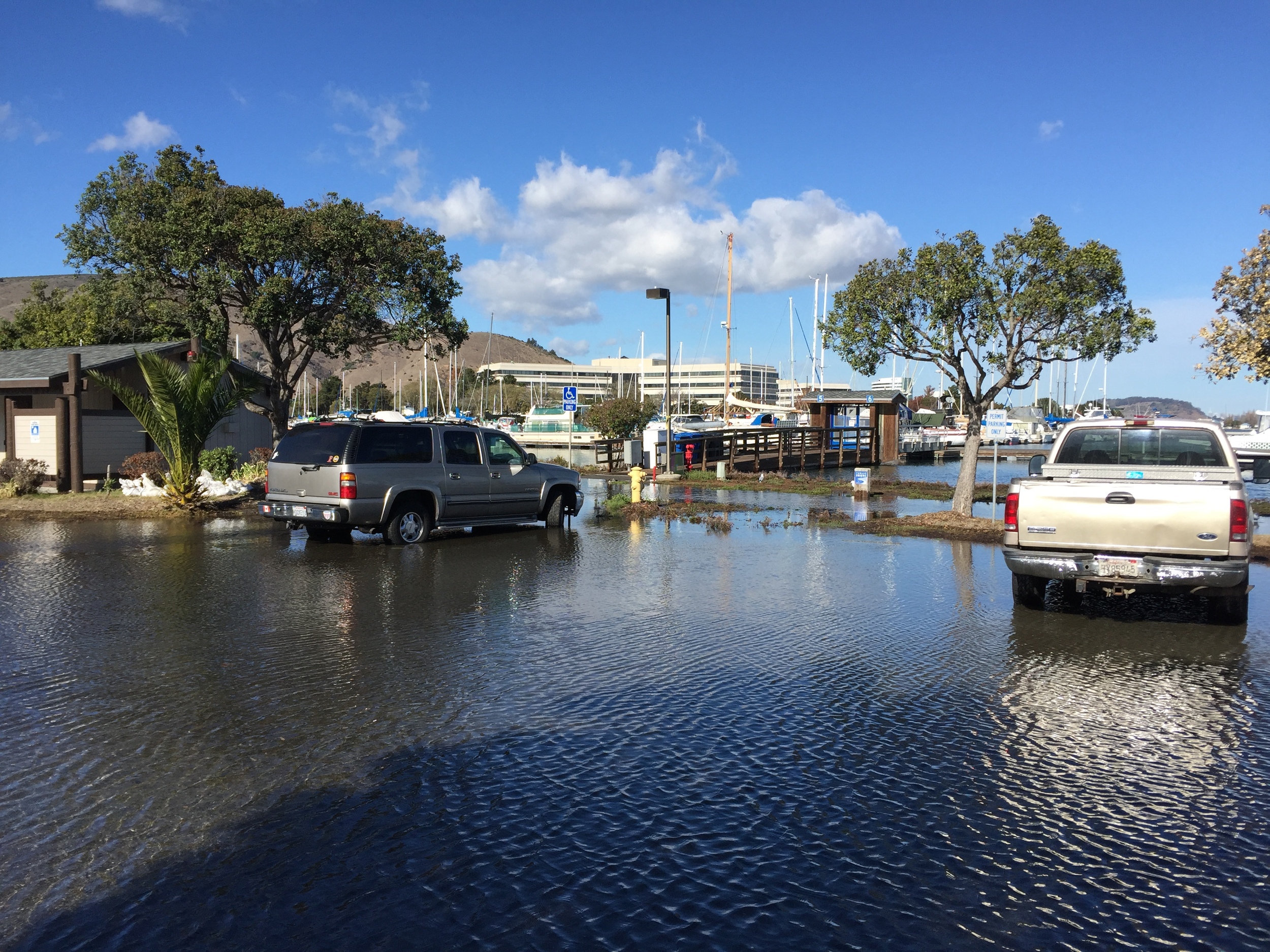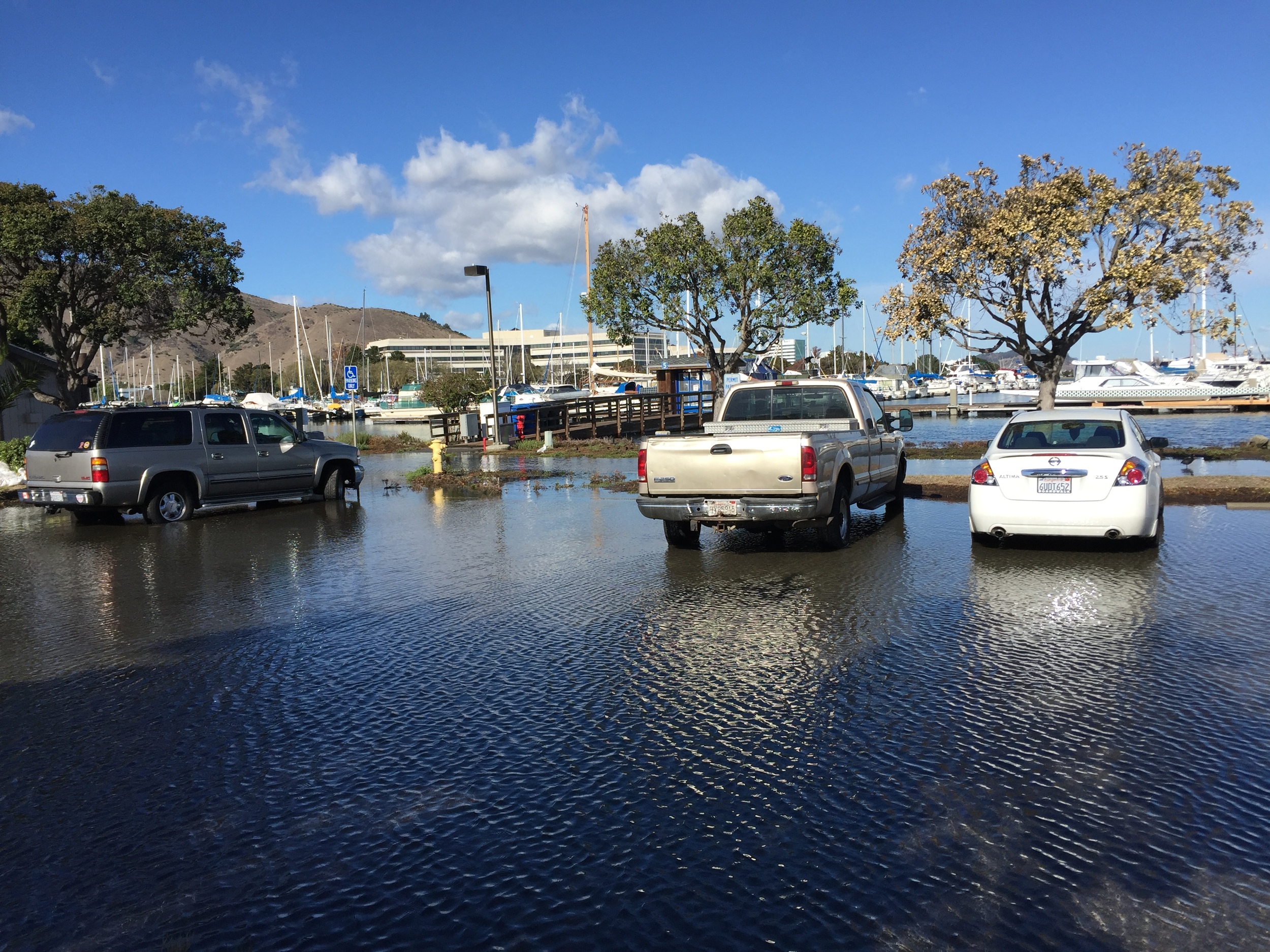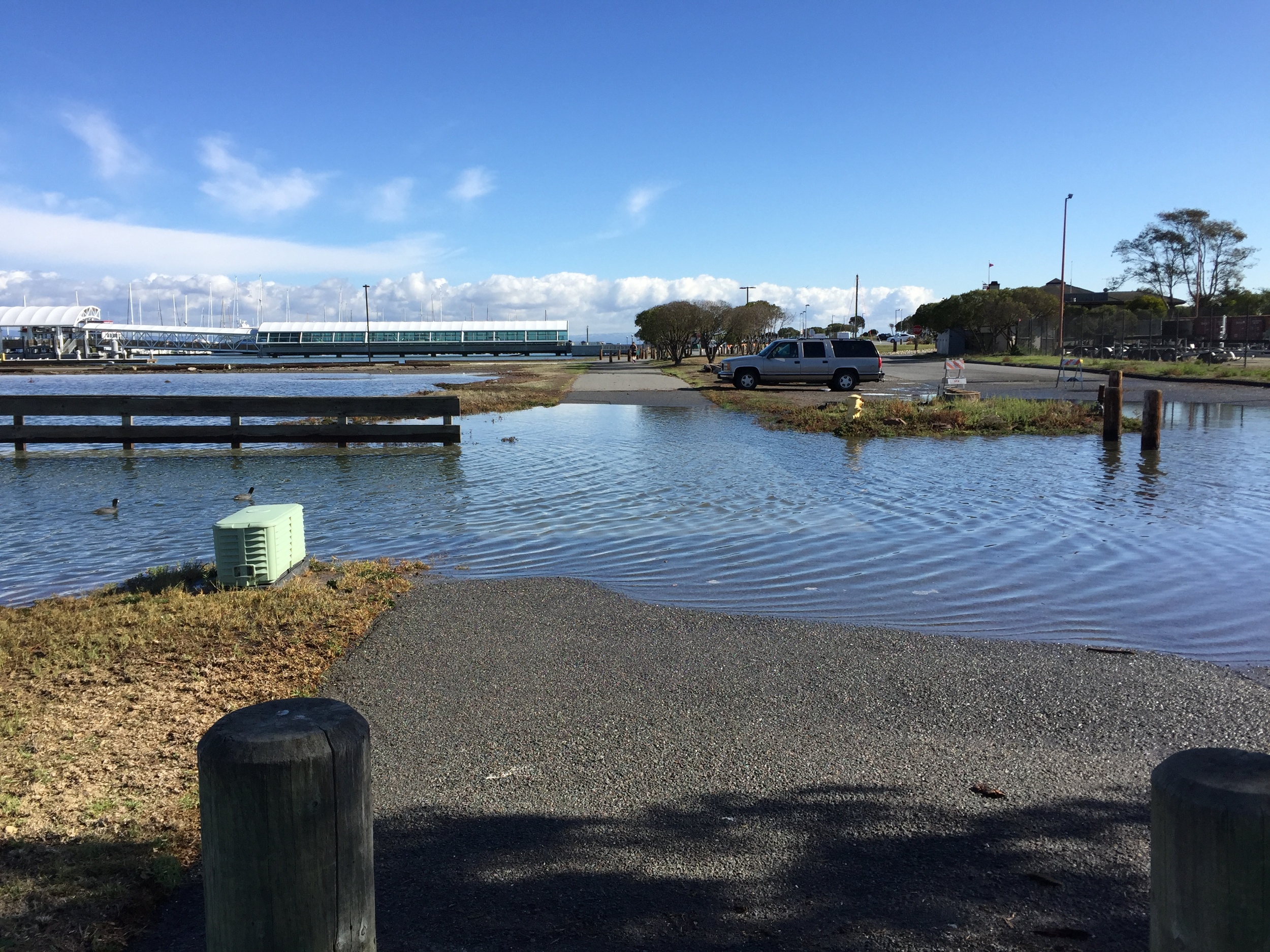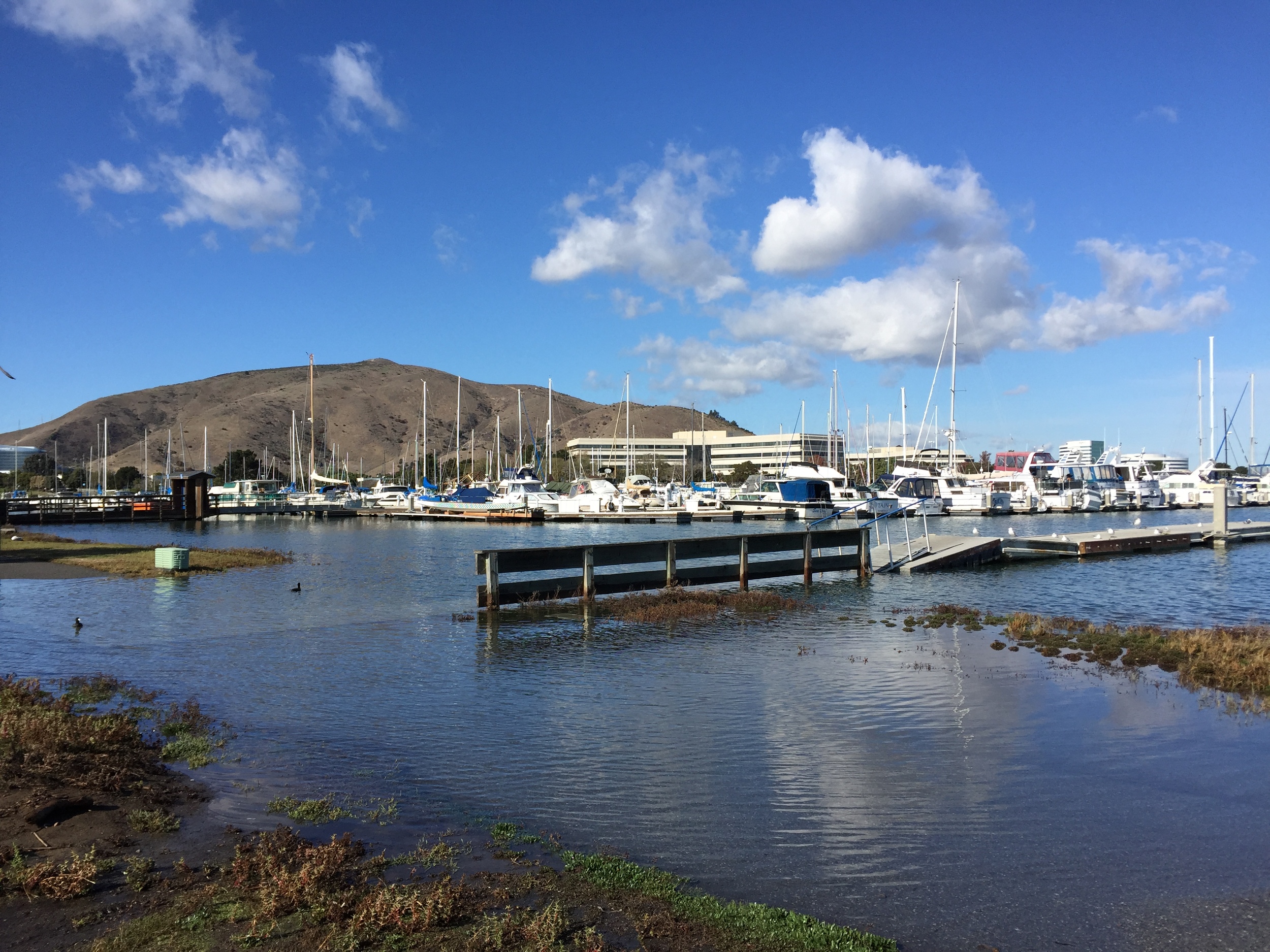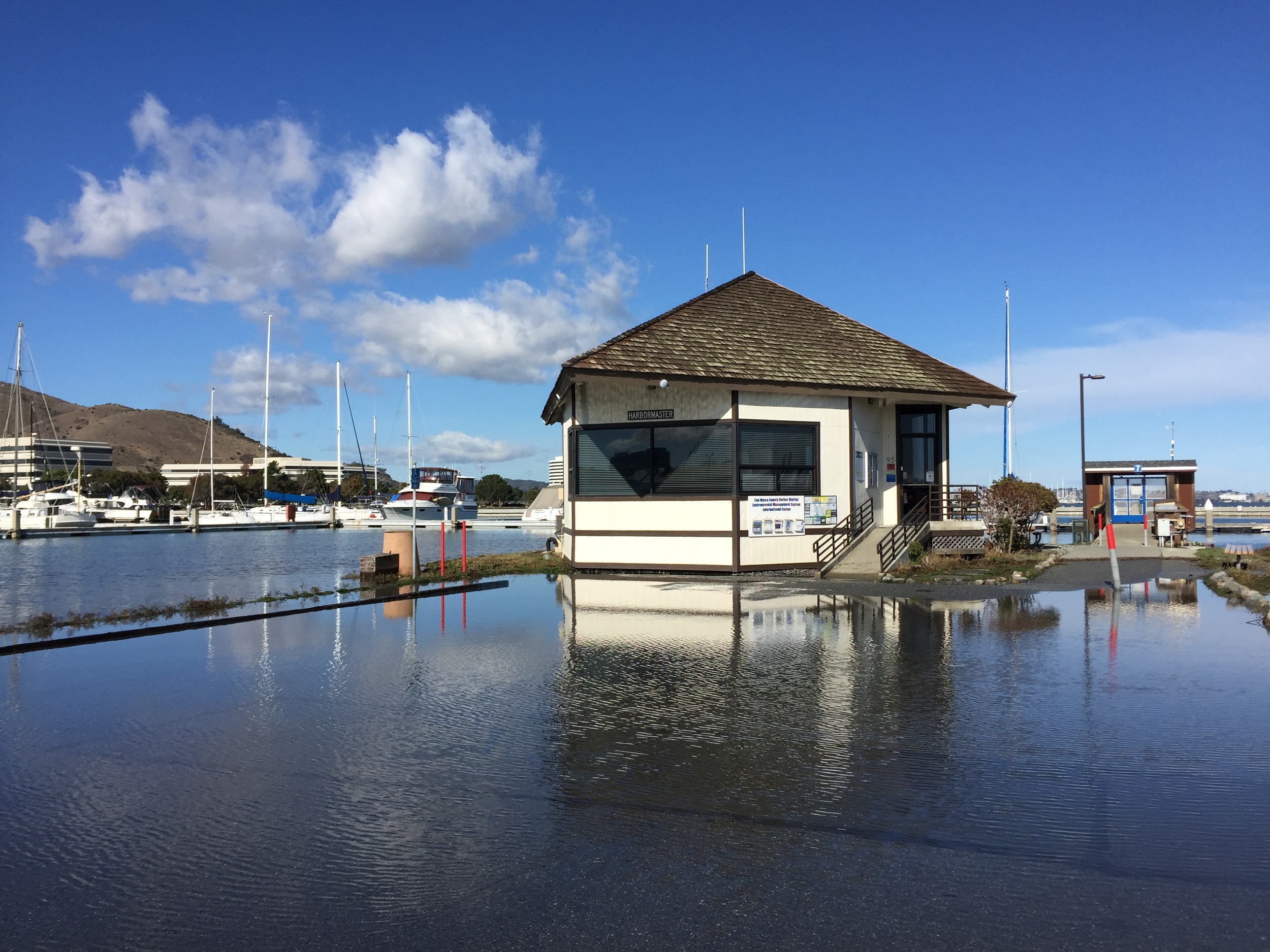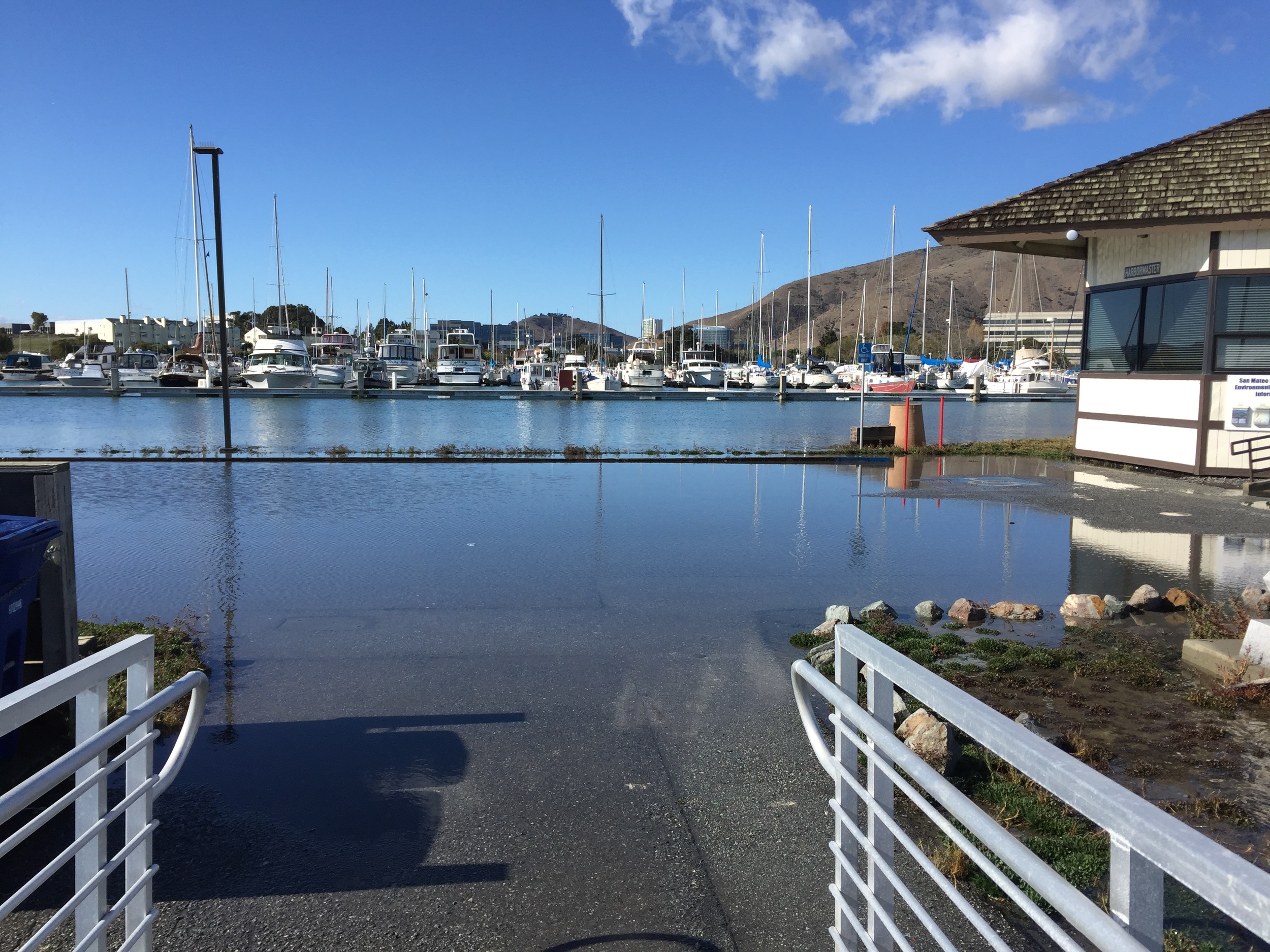Perspective by Sabrina Brennan
The 20,000-gallon fuel system at Oyster Point Marina should be replaced as soon as possible to protect the safety of Harbor District employees and the general public.
On May 26, 2017, a report commissioned by the City of South San Francisco detailed numerous hazardous conditions identified during a fuel system inspection, including concerns about electrocution and water pollution. In August 2017, Kenneth Dixon, Environmental Engineer & California Project Officer with the U.S. EPA said “Many releases are discovered during tank removal, so it would behoove California’s single-walled UST owners and operators to close/remove their tanks well before the end of 2024. Otherwise, they would not have sufficient time to submit a claim if the State opened a cleanup case ... The 2015 inspection revealed that aboveground piping was not being visually inspected on a daily basis, and that a leak was occurring. This tells me that the State of California--through either the San Francisco Bay Regional Water Quality Control Board or the San Mateo County Environmental Health Department—likely has the authority to open a leaking UST cleanup case.”
Over the past eight years a developer (Oyster Point Development or OPD) consistently declined to make repairs as required by their lease agreement with the Harbor District. Drakes Marine, the sub-lessee for the fuel system, repeatedly provided the developer with multiple estimates for repairs yet OPD failed to make them. The lack of repairs and maintenance has resulted in a dangerous and decrepit fuel system as noted in the May 2017 Anchor Report. This October, the same developer is planning to break ground on a 2.25 million square foot project that will be constructed in phases over the next decade or two. To grasp the scale of the project, imagine three 58-story Millennium Towers spread-out in mid-rise buildings over 80 acres on the Bay front in South San Francisco.
In 2011, the Harbor District and the City of South San Francisco Redevelopment Agency (RDA) entered into a Memorandum of Understanding (MOU) to facilitate development at Oyster Point Marina (phase IC and IIC). The MOU stipulated that when certain city-owned parcels managed by the Harbor District were transferred to the developer pursuant to a development agreement (DDA), that those now developer-owned parcels would automatically be removed from the JPA. As specified in the MOU the parcels to be removed from the JPA include Fuel Dock parcels E-3 and E-4 as well as landside parcels E, E-1, and E-2. In 2011, Harbor Commissioners, Robert Bernardo, Pietro Parravano, James Tucker, Leo Padreddii, and Sally Campbell approved the MOU.
On Aug. 16, 2017, Harbor Commissioners Tom Mattusch, Virginia Chang-Kiraly and Robert Bernardo approved an Implementation Agreement to transfer property to the City in accordance with the 2011 MOU. Their vote reduced the District’s annual lease revenue by $215,000 and put the public on the hook for more than $2.5 million for fueling infrastructure (parcels E-3 and E-4) that the developer was contractually bound to properly maintain and operate. Not to mention incalculable financial liability for the fuel system in its current state of disrepair.
In March and June 2017, the District sent two letters to OPD demanding that the infrastructure be improved and maintained. These letters clearly identified the numerous issues with the systems and promised legal action by the Harbor District if the developer did not immediately bring the fueling system into compliance with the safety standards. Six weeks after the District sent it’s June 19 demand letter to OPD the Implementation Agreement was favorably presented to the joint Liaison Committee on Aug 2, 2017. Remarkably, in a month and a half General Manager Steve McGrath made a 180-degree reversal in course. He went from demanding that the fueling system be fixed by OPD prior to initiating an Implementation Agreement, to recommending that the Harbor District take on all liability for the fueling infrastructure, as well as the stunning admission that the District may need to front at least $2.5 million for at least five years or more to build out a replacement system. Funding in the Agreement was hinged on the “hope” that SSF would create a new taxing mechanism known as a Community Facilities District (CFD) and then pay the District for the new fueling infrastructure some five or more years down the road. Funding by the CFD is not guaranteed in the Agreement.
Steve McGrath said that the turnaround was prompted by the threat of litigation. On Aug 14, 2017, two days before the Aug 16 Harbor District meeting McGrath told me that South San Francisco City Manager Mike Futrell threatened the SMC Harbor District with a massive lawsuit during a “heated exchange”. It appears that Futrell’s threat caused McGrath to suddenly veer into the role of being an evangelist for an Agreement that benefited the developer and the City.
This was not the first time Mike Futrell bullied the Harbor District. In 2016, Futrell demanded the Harbor District pay for mitigations required by the Regional Water Quality Control Board to address chronic flooding caused by landfill subsidence. On April 28, 2016, I pushed back as an appointed member of the OPM Liaison Group by providing a copy of the 1976 Oyster Point Geotechnical Report. I informed Futrell, the City attorney, and my fellow Liaison Group members that chronic landfill subsidence was expected per the City’s 1976 report that predated the JPA between the City and the Harbor District. The report proved that landfill subsidence and flooding mitigation were the responsibility of the City and the developer, not the Harbor District. A court reporters transcript of the April 28, 2016 joint Liaison Committee meeting is available.
Futrell’s role as a board Director on the South San Francisco Chamber of Commerce combined with his history of OPD related legal threats has the appearance of conflict. OPD is featured on the Chambers website as a prestigious Chairman’s Circle $10,000+ level contributor and Futrell makes staff recommendations regarding OPD to both the City Council and the OPM Liaison Group. From a public perception standpoint the City’s relationship with OPD looks uncomfortably cozy.
On Aug 2, 2017, Vice-Mayor Liza Normandy, in her capacity as chair of the OPM Liaison Group, blocked public comment regarding numerous fuel system safety hazards that OPD was responsible for fixing per their lease agreement with the Harbor District. Normandy walked out of the committee meeting three times in an effort to block me from raising significant concerns about the hazardous fuel system.
The afternoon meeting at SSF City Hall included a lengthy presentation by Futrell in support of the OPD project and the proposed Implementation Agreement. Harbor Commission Liaison Group members did not ask questions or raise any concerns about potential conflicts or safety hazards. Committee member Virginia Chang-Kiraly, an elected Menlo Park Fire District Director, as well as an elected Harbor Commissioner was befuddled by the complexity of the proposed agreement, recommended by Futrell and McGrath. Harbor Commission President Tom Mattusch did not ask any questions, or make any comments, about the Agreement or the development throughout the entire meeting.
- VIDEO—Aug 2, 2017, Oyster Point Liaison Committee meeting
All of which leads to the conclusion that the GM of the District used the inability of the District’s two Liaison Group members to absorb and understand the data to force through an Agreement that would not survive scrutiny were it to be fully vetted by impartial counsel and elected officials.
Further proof that this Agreement was pushed through by the GM is the fact that at the Liaison Group meeting both the City and the District agreed that the Implementation Agreement should be considered at the District and Councils September meetings. Instead, and in the face of mounting concerns about the safety of the fuel system and speculation about the Agreement, McGrath brought it to the Board just twelve days after the Liaison Committee meeting. Thereby ending important discovery, research and discussion, which were essential to protect County Taxpayers from the complex and apparent harm that this agreement brings to the District.
A growing number of people are concerned about the appearance of a conflict regarding Normandy’s role as SSF Chamber CEO. Normandy did not recuse herself from the Aug 2, 2017 Liaison Group meeting or Sept 6, 2016 City Council special meeting and staff recommendations that favored to the OPD project were made by Futrell at both meetings. To put it in context consider that Futrell is one of Normandy's bosses in her role as CEO of the Chamber and she’s one of his bosses In his role as City Manager and OPD is one of the largest financial contributors to the SSF Chamber.
At the Sept. 6, 2017 7:00pm SSF Special Meeting Normandy abstained from voting on the Oyster Point Implementation Agreement resolutions. During the meeting the Vice-Mayor said, “I would like to advise my Council, with the recommendation and consulting with Jason Rosenberg [City attorney] that due to an email that was received, I will not be partaking in this vote. In the meantime I did want to inform the council and the audience that based upon my position as the Chamber of Commerce CEO and sitting on this body as Vice-Mayor we are seeking, through the FPPC, formal advice in reference to OPD because they are a member, a Chairman’s Circle member as well as a client of the City, so I will be abstaining from this vote.”
- AUDIO RECORDING—Sept. 6, 2017 7:00pm South San Francisco Special Meeting, to hear Vice-Mayor Normandy explain why she abstained go to 1:36:20 in the City Clerk’s audio recording.
It's unlikely that the FPPC would find that Normandy has a disqualifying financial conflict based on her day job. However Futrell and the SSF Chamber's promotion of the OPD project raises some eyebrows.
Excerpts from the May 2017 Anchor QEA Condition Assessment Report recommending full replacement of the fuel system:
Utilities - page 6
The existing utilities on the fuel dock include fuel lines, which were reviewed by our fuel system subconsultant in a separate section, domestic water, fire protection, wastewater pump-out, and electrical conduits. These utilities are various states of disrepair. The domestic water and fire protection systems are in replace condition, the wastewater pump-out system is in replace condition, and the electrical system is in worn condition.
Domestic water, wastewater, and fuel flex lines should always be kept above the water line, but this was not observed on the fuel dock. Non-submersible electrical cables and conduits also must be kept 12 inches above the water line. Many of these pipes, conduits, and cables are supported by nylon ropes or bungee cords tied to cantilevered timber boards nailed into the deck, as can be seen in Photographs 5 and 6. Several conduits and cables were observed to dip into the water, creating the potential for hazardous stray currents, which can electrocute people and corrode metal boat components such as rudders, propellers, drive shafts, and even metal hulls.
Domestic water lines should never dip into the water to prevent the potential for contamination of the potable water supply. Fire protection lines, however, may be placed in the water, and if fire protection piping is PVC or HDPE plastic pipe, it is in fact required to be placed underwater to prevent it from melting in a fire. All fire protection piping above the water line is required to be made of metal such as stainless steel or copper. There was no indication that all the above water fire protection piping is metal pipe, except for the risers. Lastly, the wastewater pump-out line has been allowed to drop into the water in some locations. Although vacuum-style wastewater pump-out pipes are typically dry when not in use, they should be kept above the water to observe any leaks during operation.
Fuel System - page 9
However, there is no evidence of double-lined pipes or spill containment on the docks. In addition, the on-dock control panel/ emergency stop and land-to-dock transition piping are severely corroded and in otherwise decrepit condition. A timber frame and nylon ropes are supporting a portion of this transition, as shown in Photograph 7. There is no real transition to land, with pipes simply diving into the ground and simple sawhorse warning signs “protecting” this location. Fuel lines should transition in a vault at the shore. Overall, except for the tank fuel pumps and monitoring equipment, the fuel system is in replace condition.
Electrical - page 12
The critical utility issue, which should be addressed immediately, is submerged electrical wires and conduits.
Fuel System - page 13
The fuel system, except for the tank pumps and monitoring equipment, is not salvageable, nor are repairs anticipated to extend the remaining useful of the fuel system.
Click here to read the full report.




